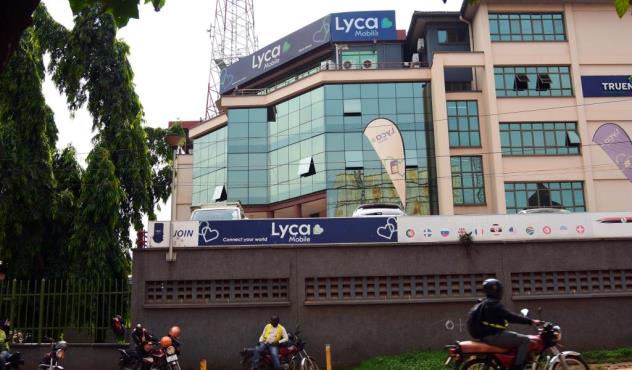Piped water supply has slightly gone up in major urban centers and municipalities in the period between January and March. This information is according to the data from the Uganda Bureau of Statistics (Ubos).
However, in Kampala, supply declined in the 129th edition of the Key Economic Indicators Report.
The National Water and Sewage Corporation reported an increase of 0.3 percent during the period. This came as a recovery from a drop of 2.6% in the quarter to December 2022.
The report highlights the performance of key sectors of the economy. It indicates that most of the growth happened in Jinja, while in Kampala, supply declined by 0.9%.
“Water supplied by National Water and Sewerage Corporation in major urban centers [and] municipalities increased by 0.3 percent [between January and March] from an earlier decrease of 2.6 percent,” the report partly read.
The period saw water supplied slightly go up by 100,000 cubic meters, raising from 31.3 million to 31.4 million cubic meters.
However though, the report states no clear reason for the recovery although it came out slower compared to the same period a year ago. In 2022, supply increased by over 11% before it fell to 3.6% between April and June 2022 and has been slow since.
The supply went up to 4% at the close of 2022 from a slump of 1.9% recorded between July and September 2022.
Apparently, by 2021, National Water and Sewerage Corporation had operations in 258 towns. This covered a network of 20,000 kilometers and means at least 15m people access piped water in each through 700,000 connections.
Piped water supply has come so far since the 90s when access was limited to only 500 people. Back then, the coverage ranged in 300 kilometers and these people relied on just 20,000 connections.
Check also;
- NWSC To Interrupt Water Supply Over Routine Maintenance In Kampala
- NWSC Explains The Sonde Water Reservoir Explosion
Please use the button below to contribute to Newslex Point, Inc. using a credit card or via PayPal.

 Newslex Point News in Uganda, Uganda news
Newslex Point News in Uganda, Uganda news












